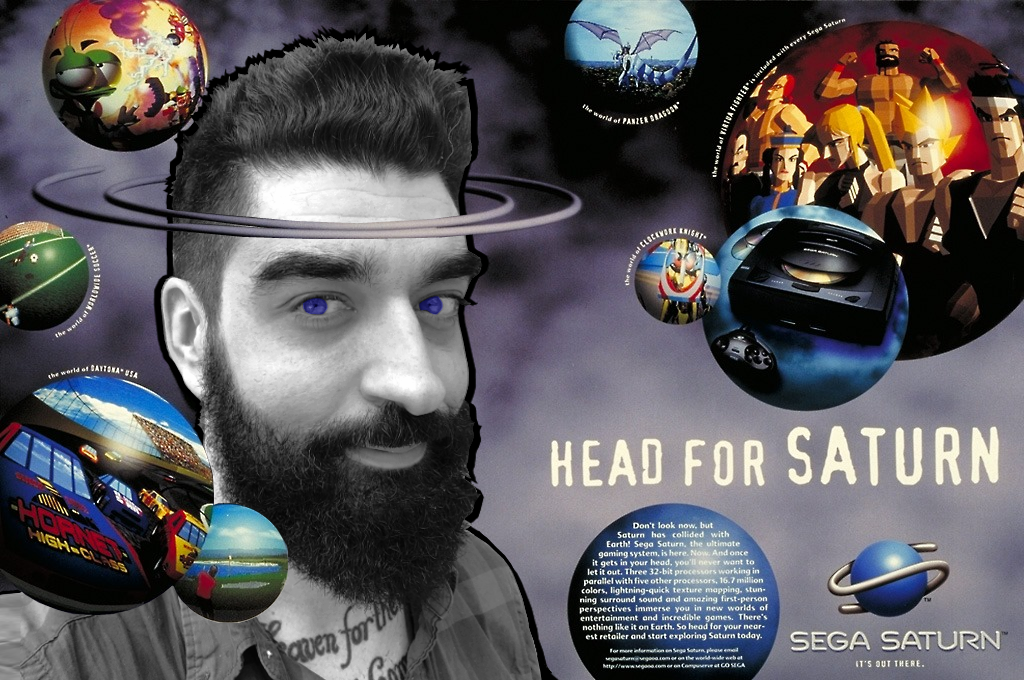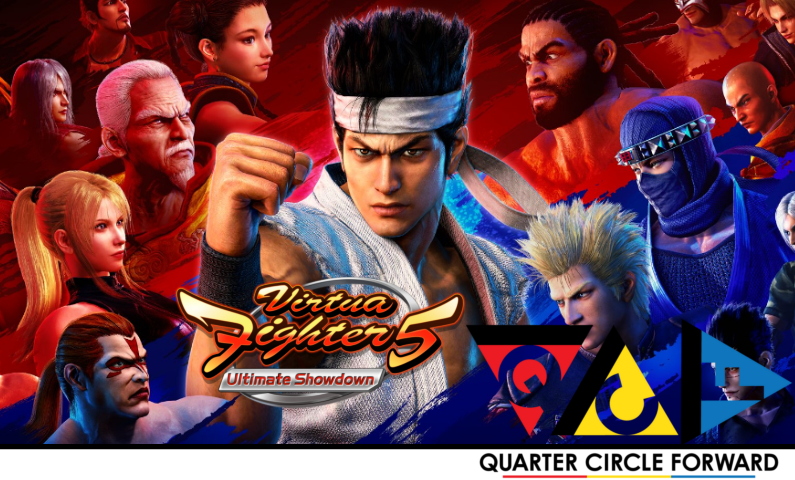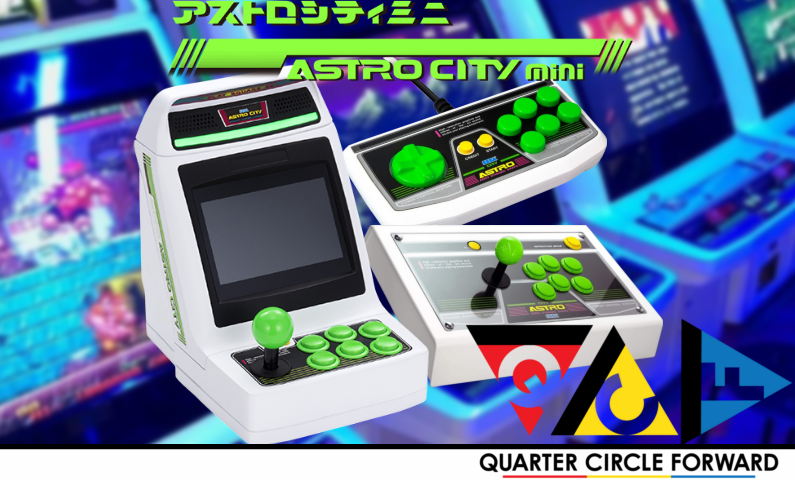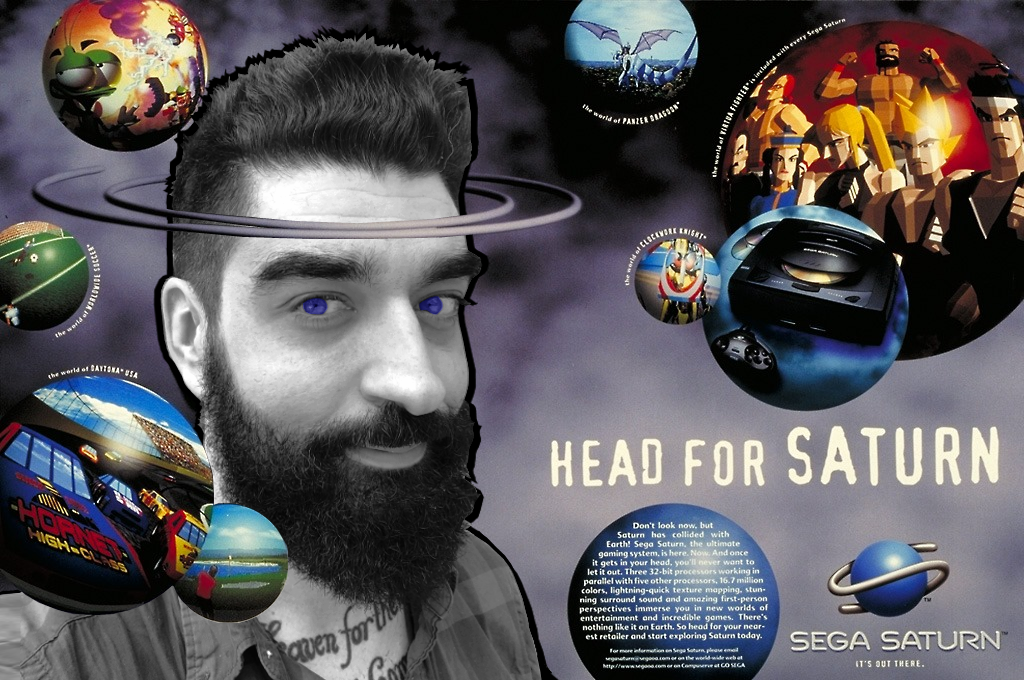25 years of the Sega Saturn: Part 2-The Two-Pronged Stumble

 ell, this is embarrassing; I had planned to publish this entry much sooner than now, given that it’s been a little over a year since I last published the premier piece to this editorial series, but I suppose it’s appropriate since we’ve now arrived at the anniversary of SEGA’s polarizing 32-bit powerhouse once more.
ell, this is embarrassing; I had planned to publish this entry much sooner than now, given that it’s been a little over a year since I last published the premier piece to this editorial series, but I suppose it’s appropriate since we’ve now arrived at the anniversary of SEGA’s polarizing 32-bit powerhouse once more.
When we last left off, we looked at the pre-launch hype of the Saturn and SEGA’s internal dissension over the mechanical complexity of the hardware, with technical specs that were arguably geared more at enhancing the present climate of gaming than preparing for the next dimension of gameplay the medium had been building to. The corporate disconnection only grew from there as SEGA of Japan hedged all their bets on the console with one fateful announcement during their 1995 Electronic Entertainment Expo presentation—the Sega Saturn was available now, retailing at $399 MSRP with the inclusion of Virtua Fighter to the surprise of everyone, including major retailers.
It was with this first big step that the Sega Saturn had begun its perpetual tumble towards commercial failure, as we look back at one of the most infamously mismanaged console launches in Video Game History.
 1994,
1994,  Clockwork Knight,
Clockwork Knight,  E3 1995,
E3 1995,  Head for Saturn,
Head for Saturn,  Panzer Dragoon,
Panzer Dragoon,  Sega,
Sega,  Sega Saturn,
Sega Saturn,  Steve Race,
Steve Race,  Tom Kalinske,
Tom Kalinske,  Virtua Fighter | in
Virtua Fighter | in  Features
Features 





























